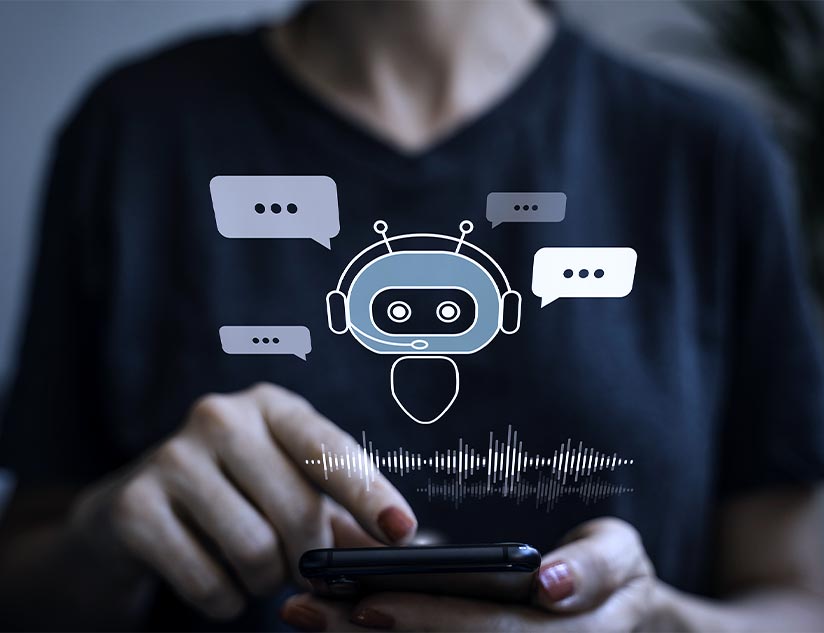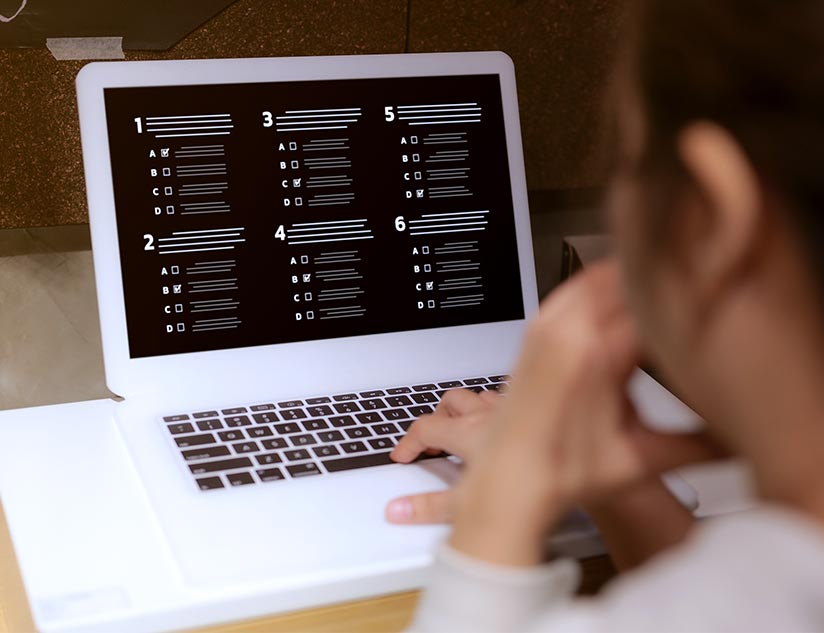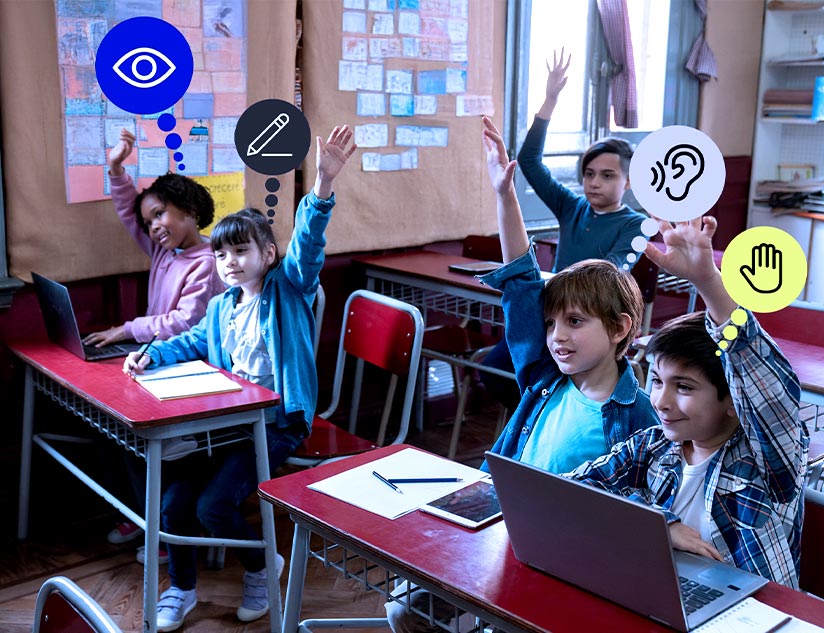Amid Corona Fear, US Government Pushes for Accessibility in Education
As educational institutions across the globe scramble to decide the best course of action during the COVID-19 outbreak, many forget that this isn’t the first time we are facing such trying times. In the final months of World War I, a deadly strain of influenza emerged, known as the Spanish Flu. During the summer of 1918, as soldiers started to return home, the virus came to American shores with them. By the time the disease was controlled, an estimated 675,000 Americans had died.
But there are some important lessons to be learned from the Spanish Flu outbreak of 1918. It was found that closing schools in the midst of such pandemic outbreaks can help reduce peak attack rates by 40% and lower total cases by 15%. In addition, the closing of schools helped in buying precious time, during which vaccines could be developed and distributed.
This should help settle the debate about whether choosing remote learning over being physically present in the classroom is really necessary. But what needs discussion and action is how the educational needs of those with disabilities can be met when educational institutions are on lock down.
“The U.S. Department of Education issued guidelines for ensuring online accessibility for students with disabilities and in preventing discrimination as colleges and K-12 school cope with the coronavirus pandemic,” reported Inside Higher Ed.
Accessibility During Pandemics
During the 1918 pandemic, the learning needs of those with disabilities was not even an afterthought. But today, there have been great strides made to acknowledge and fulfill accessibility in education. And with the galloping advancements in technology, we have the means of providing it.
It is even a Federal Law that educational entities are required to provide equal access to students with disabilities to services, programs and benefits, regardless of the current circumstances. This was further clarified on March 12, 2020, when the US Department of Education announced that if a school is providing learning opportunities to general students, it should also implement a blind student’s Individualized Education Program (IEP) and provide the student free appropriate public education (FAPE).
The Education Department has also issued guidelines to provide accessibility to students with other disabilities and prevent discrimination. Their press release also stated, “The webinar advises school leaders to routinely test their online activities to ensure accessibility.” The document also reminded institutes of their responsibilities under Title II of the Americans with Disabilities Act and Section 504 of the Rehabilitation Act of 1973.
So, if you haven’t yet acted on making online education accessible, it is time you do!
Achieving Accessibility in Education
The internet is great for remote and mobile learning, but it isn’t really suited for those with disabilities. What educational institutes and schools need are powerful learning platforms.
Helping Students with Learning Difficulties
One of the biggest ways in which learning platforms make learning more accessible is with the help of interactive and multimedia content. The robust digital learning platform allows the incorporation of audio, videos, infographics, captions, gaming and more to ease learning.
This has been found to be greatly beneficial for students suffering from ADHD and even dyslexia, which is one of the most common learning disabilities. In fact, around 70%-80% of the people with poor reading skills are likely to be dyslexic. Dyslexia makes it difficult for students to read and absorb large chunks of text. But with the help of multimedia features, information can be broke down into bite sized pieces, plus it makes things fun!
Another thing that students with dyslexia struggle with is writing notes fast enough to keep up with the teacher. This problem exists with online lectures as well. However, with the help of the speech to text feature, this problem is solved as well.
Helping Students with Visual or Hearing Impairment
For students with visual impairment, text to speech features is very helpful. This ensures that students can learn at the same pace as their peers, regardless of visual challenges. MagicBox™ also utilizes font choices, opacity, patterns, emboldening and textures to ensure that all users can benefit from the educational content. Also, it is easy to include subtitles, captioning, and audio descriptions for students with hearing impairment. Such accessible apps are the true friends of students with disabilities during times when social isolation is recommended. They ensure that all students get the same access to education, despite their limitations!














